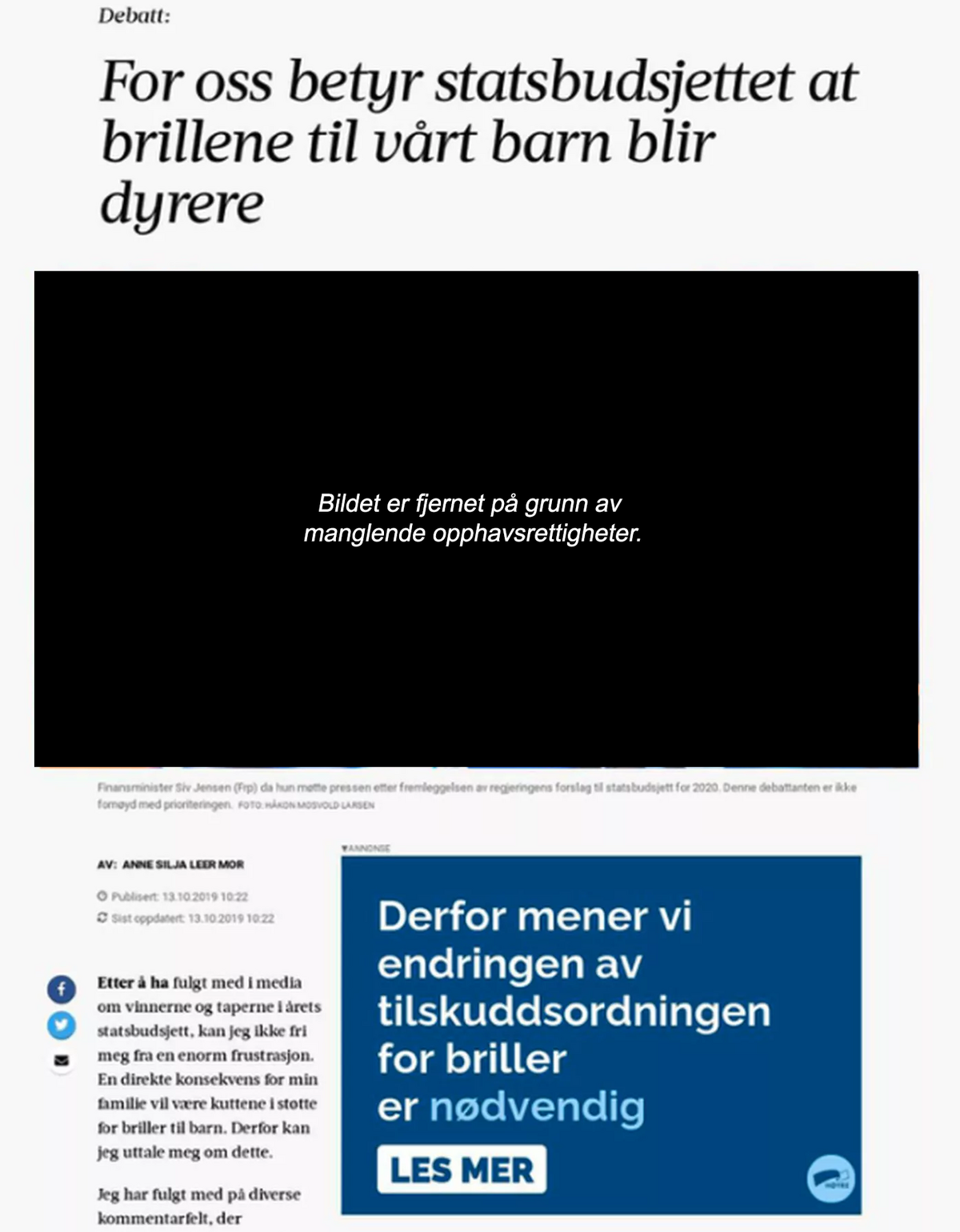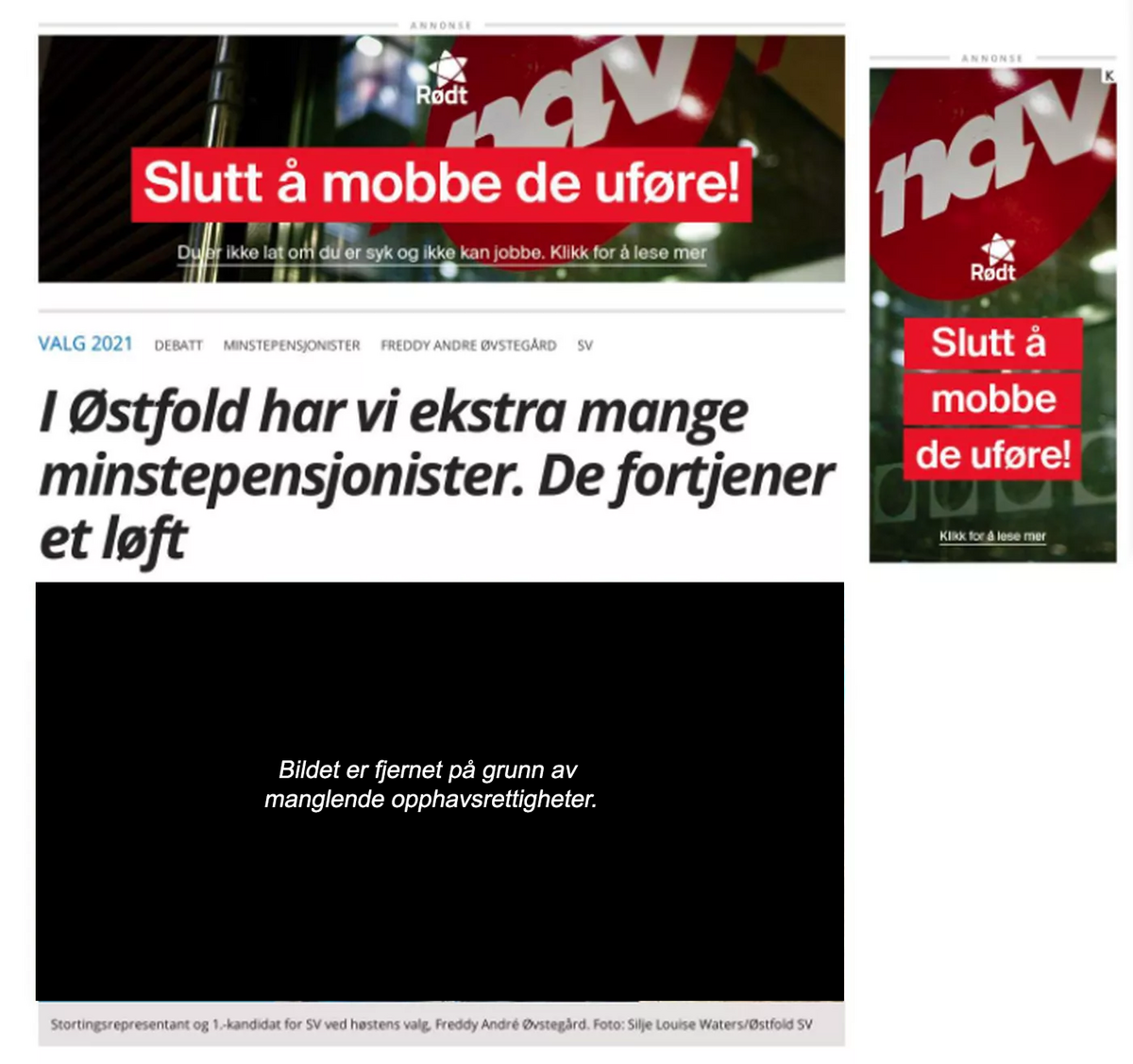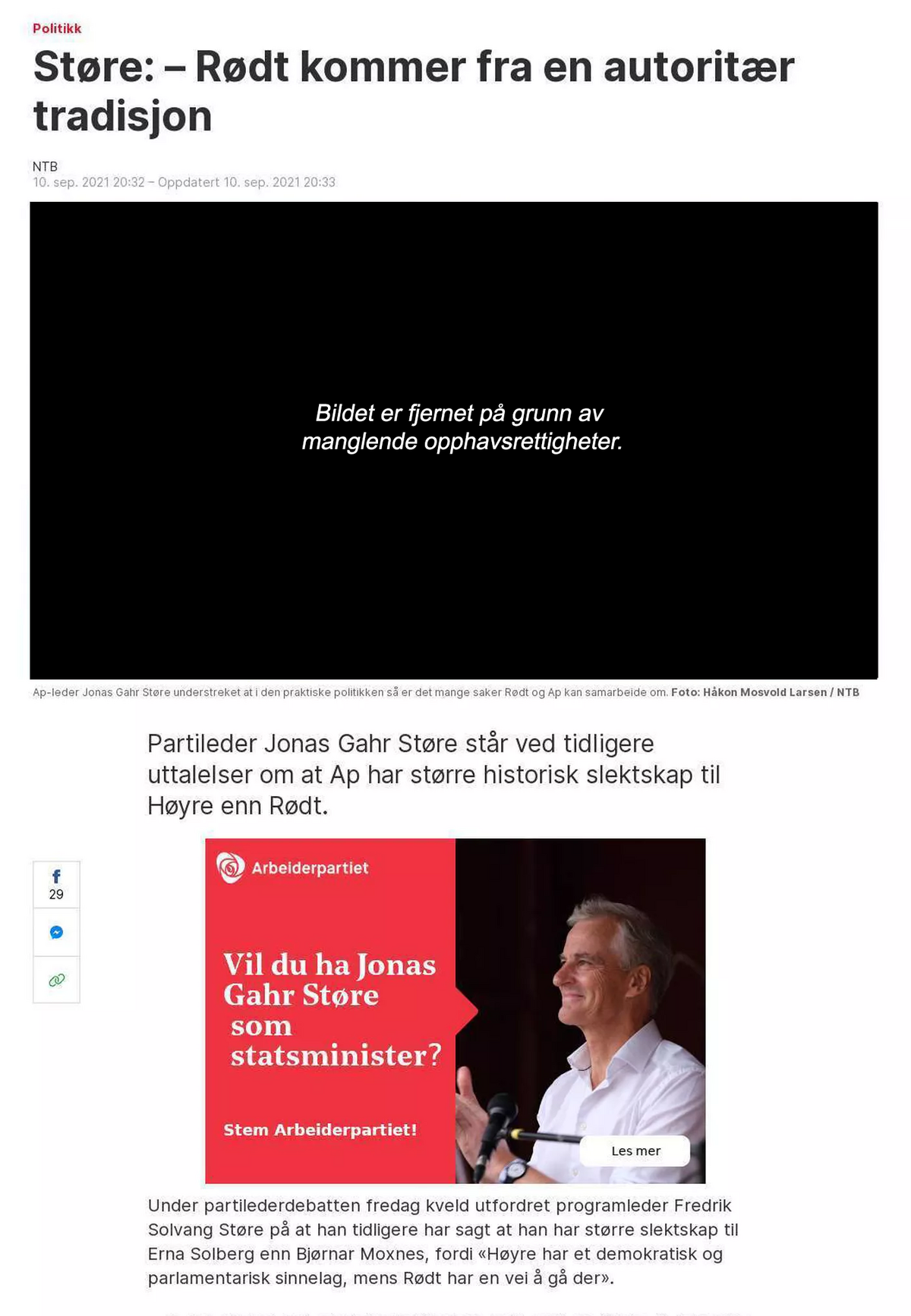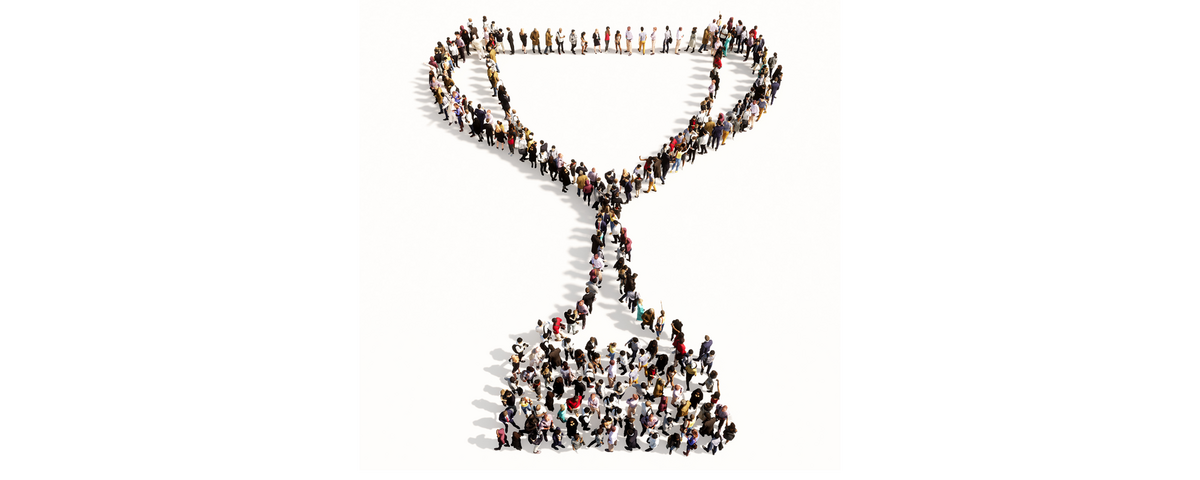Using Contextual advertising to win the election
The election is over, and a new government is in place. Let's take a closer look at the results from this year's election in Norway. What role did marketing play and what can we learn from it?
The Conservative party, Høyre, has been a long-standing customer with Kobler, and they have repeatedly experienced the value of being present and relevant at the right time and place. With contextual advertising, they made sure to take ownership of all their cases presented in the media. For example, when criticism exploded in the press during the 2019 state budget, they made sure to be present the second the critical articles were published, giving direct feedback with contextual ads.

Focusing on the contextual
During this year's election, more parties discovered the value of contextual advertisement.
In May we wrote a blog post on how political parties could use contextual advertising to win voters. The post triggered several curious marketers within many political parties. After an ever-so-small "test period" for those who were not previously familiar with our platform, the results began to tick in.
In a news article at Kom24, the communications manager from the political party Rødt, said that the 800,000 NOK the party had collected in just two days were to be used for advertising before the election;(and) not Facebook ads! Instead, they chose to go with contextual advertising via the Kobler platform. As a result, they ended up with the best national election so far since the party’s establishment in 2007. We are not saying that contextual advertising alone provides election victory, but as we all know, advertising plays an enormous role in influencing people.
By the way, did you know that 24% more people find an ad credible when it is in the right context? Credibility is something we all know politicians need in order to convince people to vote for them.

Ownership of core issues
Rødt, Oslo Høyre, KRF, Borgerlig Valgseier, SV and Arbeiderpartiet were all with contextual advertisement through Kobler.
In addition to credibility, there is nothing more important to a political party than standing out in the crowd and taking proper ownership of their core issues.
- With its contextual ads, Rødt chose to emphasize fair environmental policy, taxation, welfare, and dental health.
- KRF focused on childcare financial support and elderly care.
- Arbeiderpartiet decided on elderly care, differences between people, establishing permanent job positions, environment , political debates, privatization, and mental health.
- SV promoted their areas of sustainability and climate, the housing market, SFO, and dental health.
- Borgerlig Valgseier focused on the various achievements of the current prime minister and her party, Høyre.
The goal for all of the parties was to take ownership of their core issues. So no matter who or what party the news wrote about, the various parties would place their ads visible and with the perfect message reflecting the content.
Let's take a look at an example. If you are interested in mental health, you will most likely read about this topic and be extra curious about how it will be affected by a possible change of government. If this is an important issue for the reader, then there is a high probability that the party that is present and can reassure the reader that they have the best solution, will gain a vote.

Next up; Sweden
The Swedish election is on the 11th September 2022, and they will be electing their next government and prime minister. What can Swedish marketers learn from their Norwegian colleagues after this year's Norwegian parliamentary election?
Be present and be prepared!
Prepare your campaign for what you know will happen, but also for what you cannot yet predict. There will always be a risk of old issues coming to light, and it is therefore crucial to be ready to turn the situation around and draw the attention away from what may not be in the party's favor. To do this, one must be present at the moment things happen.
We have known for a while that Stefan Löfven already decided to resign as the leader of the Social Democrats and will not be running for prime minister. It is a given that Sweden will have a new prime minister after their election, but that is as much as we can predict. Like the Norwegian election, the election in Sweden will most likely be full of surprises. There will always be some minor scandals, and then there might be some bigger ones that will have a greater impact.
Media has an enormous influence, and this also applies to marketing.
When you advertise contextually, not only do you have control over where your ad ends up, you can also create content that flows perfectly with the editorial content. This will enable you to use your marketing to disarm a story and turn the reader's focus to the party's core message.
It's not about producing a bunch of advertisements, hoping that it will hit the target group, because despite targeting ads, it turns out that over half of the ads end up in places with little or no value. To reach your audience and (potential) future voters , you need to own your core issues and make sure to be where they are, when they are in mode.
Happy election, Sweden!
Kobler
matches ads
with content
Do you have questions? Wonder how to start using contextual marketing? Contact one of our advisers!

- Senior Advisor
- kjellove@kobler.no
- +47 930 30 369
